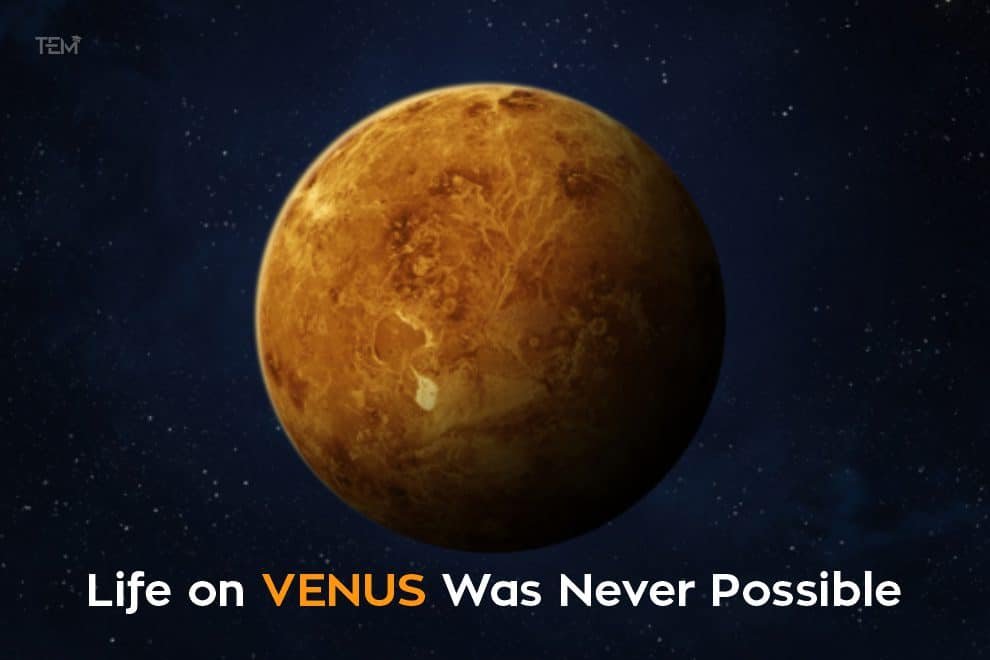Key Highlights:
* Although a hot planet, the early Venusian surface was considered to be an abode for life
* Recent studies reveal that life has never been possible on the planet
* The study of Tesserae could help throw some light on its current climatic conditions
NASA’s latest VERITAS
Venus, which was previously considered as an abode for life, is infamously hot today. According to previous scientific arguments, the climatic conditions of Venus supported the possibility of life. The planet had huge oceans and a clement climate that might have persisted for several billions of years. Currently, Venus harbors a bone-dry surface which makes the existence of life impossible.
In a recent study, scientists argued that life on Venus has never been possible. The planet’s climatic conditions and cycles did not support the possibility of life.
Unsupportive Clement Conditions on Venus
On 13 October 2021, the latest study on the possibility of life on Venus was published in the journal Nature. The study was authored by a group of scientists led by Martin Turbet, a postdoctoral researcher at the Geneva Astronomical Observatory in Switzerland, who simulated the climate of ancient Venus using a new model. The study showed different results.
Turbot and his team discovered that conditions on the young Venus possibly limited the clouds to the planet’s nightside, where they presented no use in the establishment of life. As Venus is not tidally locked to the sun, it does not have a permanent nightside. (Nightside refers to the particular hemisphere that happens to be facing away from the sun at the time.)
These clouds did not bounce the sunlight away but warmed the planet’s surface through a greenhouse effect and resulted in trapping enormous heat. As a result, Venus did not cool down enough to initiate rainfall and for the water bodies such as rivers, lakes, and oceans to form.
Related: life on the Planet
The Study of Tesserae
According to astronomers James Kasting and Chester Harman, of Penn State University and NASA’s Ames Research Center, respectively, “If the authors are correct, Venus was always a hellhole.” As per the study, a more in-depth study of the Venusian surface could help throw some clarity on the planet’s ancient climate.
Kasting and Harman pointed toward the ‘highly deformed regions’ of the planet known as tesserae, which are considered to be similar in composition to continental rocks on Earth. They further added, “On our planet, such rocks form by metamorphic processes (in which minerals change form without melting) that occur in the presence of liquid water. If the tesserae turn out instead to be basaltic, like normal seafloor on Earth, liquid water would not have been needed to generate them, further supporting Turbet and colleagues’ hypothesis.” Scheduled to launch in 2028, NASA’s latest VERITAS (Venus Emissivity, Radio Science, InSAR, Topography and Spectroscopy) will help accumulate information and study the tesserae from orbit. However, as per Kasting and Harman, it may take a while for the Venus lander to get a firm understanding of the intriguing Venusian features.
Also Read: Family Activities During Coronavirus










